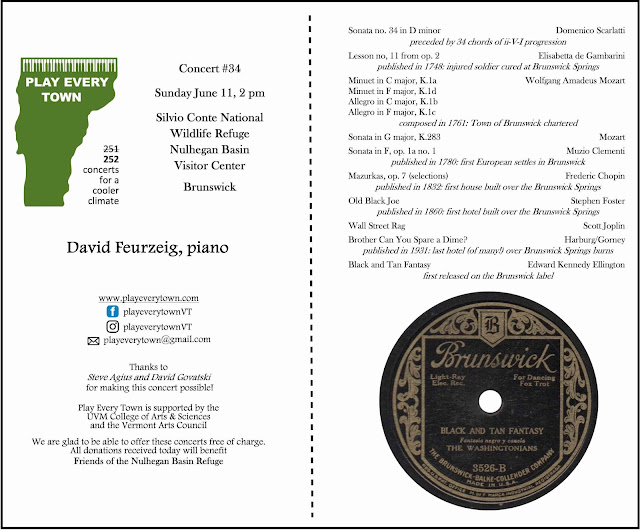When I told him…that I wanted him in my play, he said what he always said to anybody who asked him to be in a play—and it was kind of sad, if you think about it.
“Who am I this time?” he said.
Kurt Vonnegut’s 1961 short story “Who Am I This Time?” centers on an introverted and unassuming hardware store clerk in a small midwestern town. Although completely characterless in life, when handed a script he has an uncanny gift for putting himself in character, a quality which makes him the anchor of the local community theater group, where he is perpetually cast as the leading male.
I not only have a knack for accompaniment; it gives me a particular pleasure and sense of purpose. As someone who wrestles with the existential question (particularly in matters of musical pursuit) “Why do something instead of nothing?” I find comfort in the sense of assignment that comes with the commitment to a collaboration. The external obligation removes any annoying optionality about my need to prepare. The sense that I am providing support, often a favor, to someone else makes my practice feel clearly purposeful, as the better I prepare, the happier my partner will be; and this feels like a more direct and certain correlation than “the more I practice, the more the audience will get from my playing”. This satisfaction in supporting others manifests whether I am performing with a brilliant mature artist or accompanying a nervous student in a jury or audition.*
Usually the repertoire is proposed by the featured soloist, so I am also relieved of the need to decide whether I should learn new music, and what. The serendipity factor, particularly in this project where I am thrown together with people of varied musical traditions and experience, also keeps me entertained while introducing me to lots of wonderful music I would otherwise probably never encounter.
I like to think that I don’t immediately turn back into a pumpkin the way the protagonist of “Who am I this time?” does the moment the curtain comes down on the play. But I resemble him more than a little.
*My friend Steve Sweeting had a ping-pong teacher in Shanghai who told him: “You should play a third of your games with players at your level, a third with players above your level, and a third with players below your level.” I have found this to be excellent advice in diverse contexts.
